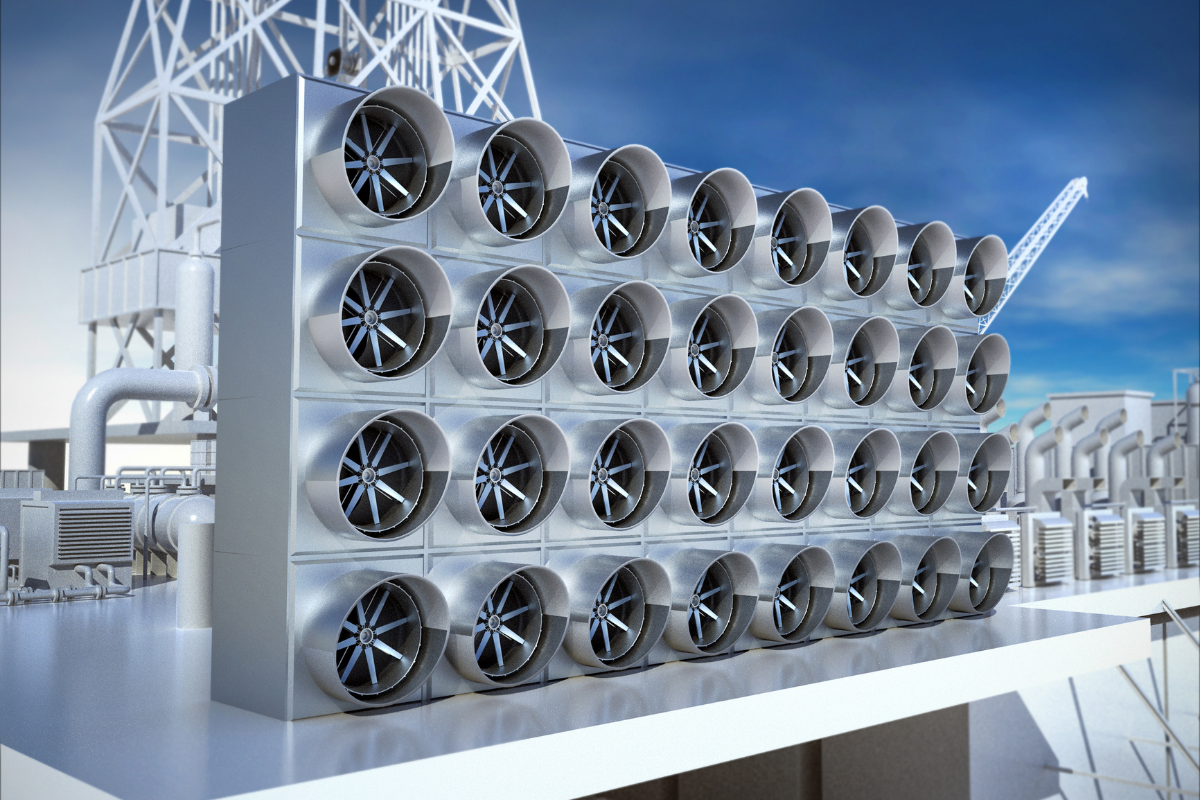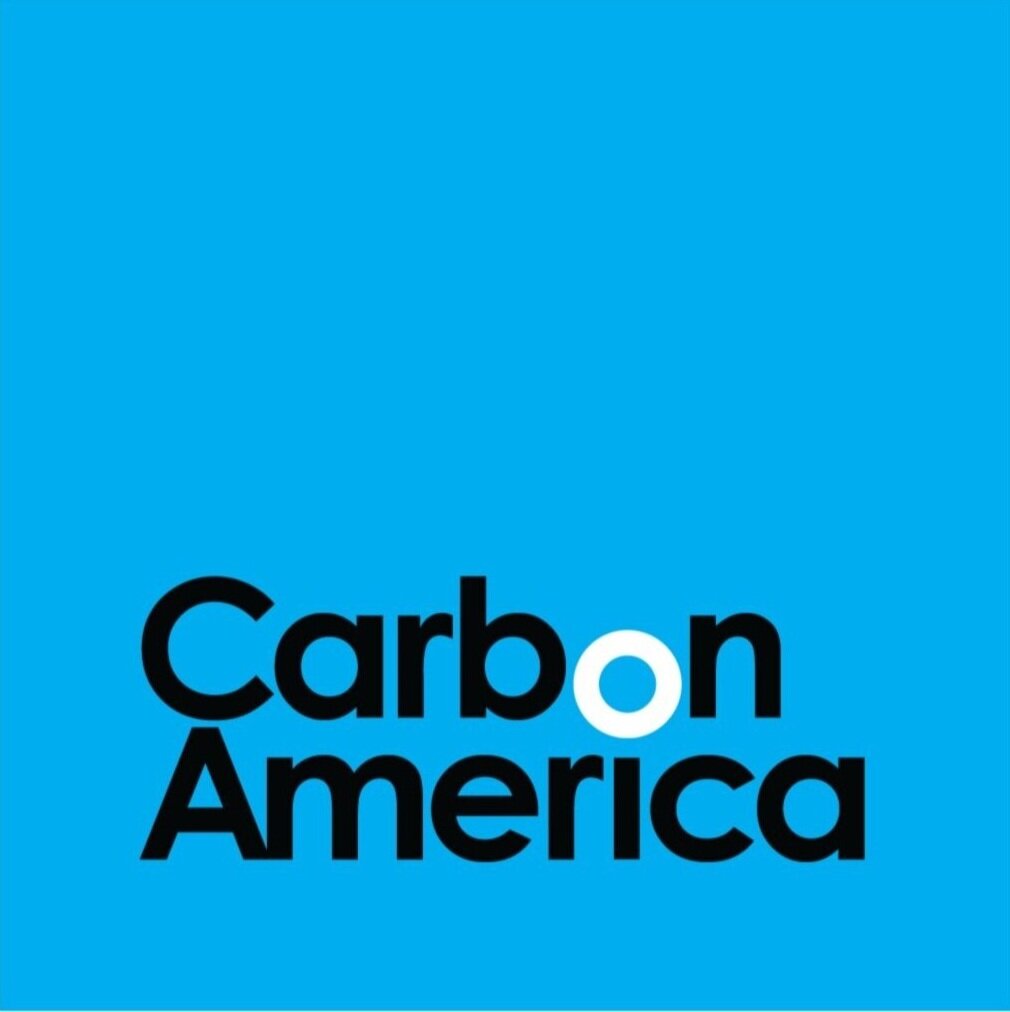
Colorado Regional DAC Hub
DOE-funded project aims to test carbon capture technologies near Pueblo
Consent-based siting and community engagement key to determining the feasibility of Regional DAC Hub
Carbon America is collaborating with the University of Illinois at Urbana-Champaign (UIUC) and a host of technology partners on the feasibility of developing the Colorado Regional Direct Air Capture (DAC) Hub.
The project was awarded $3 million in funding from the U.S. Department of Energy (DOE) under its Regional DAC Hubs Initiative to explore promising technologies that can capture carbon dioxide (CO2) from the atmosphere and store it underground.
The emerging field of Direct Air Capture requires a massive commitment to driving down costs for three primary inputs – energy, water and land use – to achieve sustainable net-zero goals.
Carbon America will lead efforts to integrate a DAC facility into a regional carbon storage site, building upon previous geological studies conducted on the Denver-Julesburg Basin near Pueblo, Colorado.
The project aims to develop cooperative relationships among DAC technology providers, green energy providers, CO2 transportation networks, and companies seeking to inject CO2 underground or use it in industrial processes.
This phase of study will determine the Hub operations structure, and the feasibility of the cooperative Hub to economically remove at least 50,000 metric tons of CO2 per year.

Goal: 50,000 tons of CO2 captured annually
Equivalent to taking 10,000 passenger vehicles off the road.
Sustaera and GE to advance DAC tech
Sustaera and General Electric Research will provide the DAC technologies for initial feasibility analyses.
Sustaera’s capture approach was a recent $1M Milestone Prize winner as part of the X-Prize Carbon Removal Competition.
GE has committed to growing its low-carbon and renewable energy business to advance decarbonization technology.
Photo Credit: DOE
Collaboration among industry leaders in DAC technology, green energy and CO2 transport and storage
Sustaera
Sustaera’s capture approach was a recent $1M Milestone Prize winner as part of the X-Prize Carbon Removal Competition.
General Electric Research
GE will partner with Sustaera to provide the DAC technologies for initial feasibility analyses.
NextEra Energy
NextEra Energy will provide inputs related to clean energy sources needed for DAC operation.
Carbon America
Project Eos of the DOE’s CarbonSAFE initiative will study geologic storage potential in the region.
Ecotek Engineering
Ecotek will provide engineering services and source local procurement for the Hub project.
Kiewit Corp
Kiewit will provide engineering services and source local procurement for the Hub project.
Carbon Capture and Storage (CCS) is a proven technology to reduce CO₂ emissions and permanently trap it in geological formations deep underground.
Captured CO2 is transported via pipeline from the DAC facility to geologic formations for storage deep underground.
CO2 injection wells use higher-grade wellbore casing and CO2-resistant cement to ensure containment.
Rock layers above and within the storage formation permanently trap CO2, replicating a process occurring naturally for millons of years.
NextEra Energy will provide inputs related to clean energy sources for DAC operation.
NextEra Energy has about 65 GW of generating capacity in North America and a rapidly growing portfolio of wind and solar production.
Current projects include two solar and battery storage complexes in Pueblo County.
$32.6M CarbonSAFE Award for Project Eos
In May 2023, Colorado School of Mines, Carbon America and Los Alamos National Laboratory were awarded $32.6 million in funding for Project Eos from the DOE’s CarbonSAFE initiative to study geologic storage potential in the region.
Furthermore, the DAC Hub initiative will explore opportunities for repurposing captured CO2 in industrial processes, contributing to circular carbon economy solutions.
Decarbonizing Pueblo’s Economy Through Two-way Community Engagement
The project aims to create a model for responsible, community-centric carbon capture and storage (CCS) from the ground up, inclusive of community feedback in support of sustainable economic and social development goals.
Visage Energy, which specializes in stakeholder engagement for clean energy and carbon management technology projects, will partner to develop a Community Benefits Plan for the DAC project.
Advantages of developing a DAC Hub in Pueblo County
Ideal Geology
Advance the development of CO2 injection well permits through EPA guidelines
Industrial Cluster
Growing market for CO2 storage and utilization across large urban centers
Existing Right-of-Ways
Leverage existing industrial facilities to develop transport infrastructure
Renewable Energy
Access to already developed and new sources of clean energy in the region
Economic Development
Supporting industries that can provide construction materials and skilled labor
Workforce Development
Local skilled workers can be trained into new-energy jobs
Frequently Asked Questions
-
Carbon America is collaborating with the University of Illinois at Urbana-Champaign (UIUC) and a host of technology partners on the feasibility of developing the Colorado Regional Direct Air Capture (DAC) Hub.
-
The project was awarded $3 million in funding from the U.S. Department of Energy (DOE) under its Regional DAC Hubs Initiative to explore promising technologies that can capture carbon dioxide (CO2) from the atmosphere and store it underground.
-
This phase of study will determine the Hub operations structure, and the feasibility of the cooperative Hub to economically remove at least 50,000 metric tons of CO2 per year.
-
Sustaera and General Electric Research will provide the DAC technologies for initial feasibility analyses. Sustaera’s capture approach was a recent $1M Milestone Prize winner as part of the X-Prize Carbon Removal Competition.
-
The hub will serve as a central platform for collaboration between DAC technology providers, green energy companies, CO2 transportation networks, and organizations interested in adopting carbon capture and utilization strategies.
-
The initiative aims to foster knowledge exchange and technological innovation in the field of carbon capture and storage through workshops, seminars, and research dissemination. Community engagement will also be an important part of outreach and education.
-
By promoting the adoption of DAC technologies and establishing a cooperative network, the initiative will play a crucial role in mitigating CO2 emissions and advancing sustainable practices.
-
Geologic sequestration of CO₂ has been safely practiced for over 50 years in the oil and gas industry, for instance in the Permian Basin in Texas. Using geology to trap CO₂ underground replicates a process that has been naturally occurring for millions of years. The Department of Energy’s CarbonSAFE Program is awarding over $2 billion in funding to accelerate the development of geologic storage projects.
-
When the project reaches the construction phase, the engineering services partners will provide details for the RFP process.




